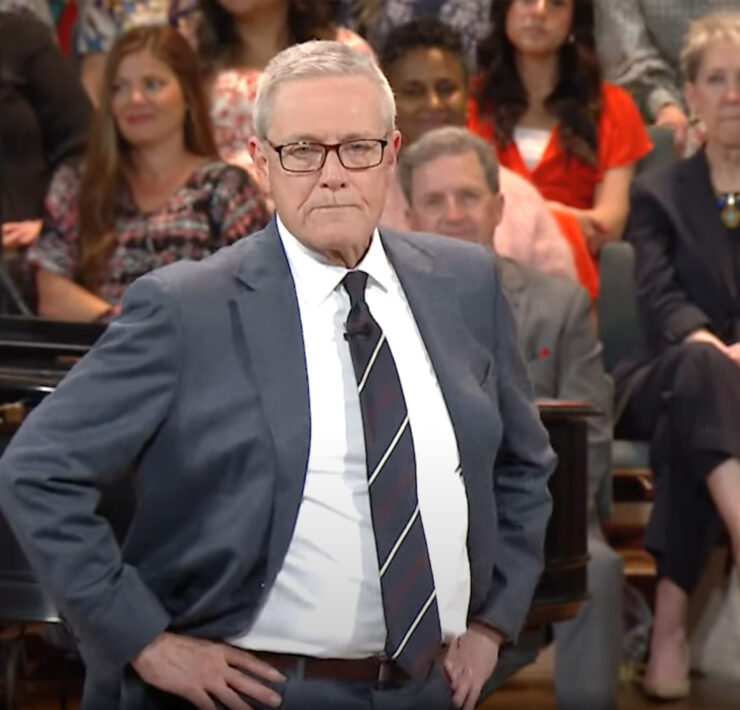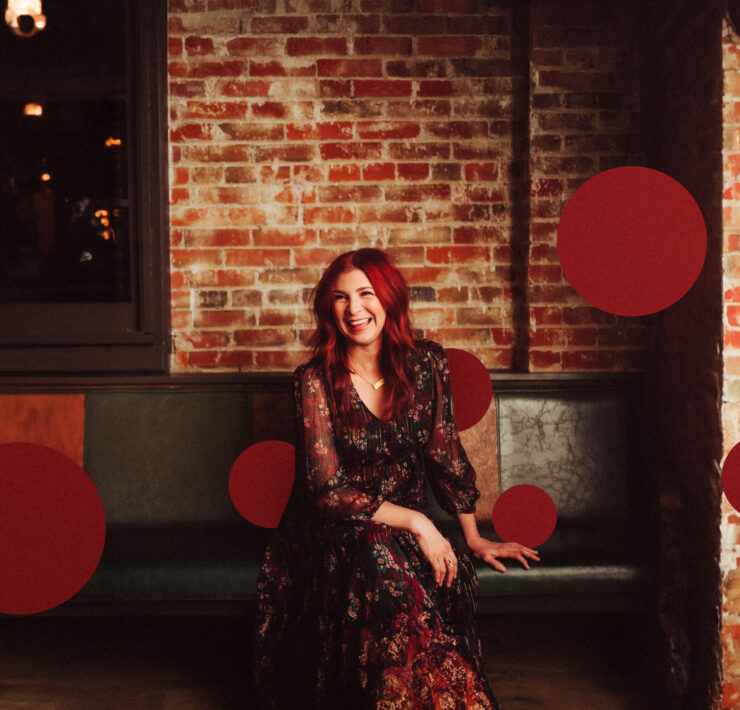The music industry is dying. CD sales drop further with each passing year. Gas prices keep soaring, and the economy is awful. And then, like a flaming sword waving defiance at some giant 12-armed monster, Lollapalooza reaches full capacity. SOLD OUT. Over 75,000 people pay real money to listen to some loud music in a park for a few days. How, in the midst of so much doomsday talk, is such a thing happening? Or more importantly, why?
(Chi-city)
I could go on about how much fun it was to see Radiohead, The Cool Kids and Girl Talk in the span of three days(and I will in a moment), but I think it must be noted that what Lollapalooza represents is truly exciting. On the surface, it is all about fun. But beyond that, it’s a great hope for the future of music in general. It is proof that people really love music, and will drop a couple hundred bucks as a result.
Okay, I have to bring these bands up already, because these three are perfect examples of just how much hope there is for the future of music. Radiohead. They did the unthinkable last year by releasing their new album on the internet for whatever price the buyer felt compelled to pay. An idea so daring, you’d think that only a band as popular as Radiohead would be able to pull it off. But just a few months ago, Girl Talk took the same route, releasing Feed the Animals on the internet for any price. This year at Lollapalooza, Girl Talk’s crowd was massive. One guy and a laptop, packed way too many people into one place. And he isn’t even that “popular”…
So why is his crowd so huge? Why is Girl Talk one of the most talked-about acts at the fest? I could be wrong, but a recording should be used as a promotional tool to spur a consumer towards the real product: the band. If Girl Talk wants to sell himself, the best way is to prove it is through a recording. Feed the Animals tells the listener, “If you think this is good, wait until you get to the actual show.” And I think it worked. People reacted to the promotional item, and received the real musical experience from the show.
How about a few pictures for proof?
Like I said, there were tons of people at Girl Talk, I was a good 40 feet behind the sound booth in this pic. It almost shows how far back the crowd went. It was HUGE huge. A few songs into the set, we start to hear someone blowing whistles to the beat of the music. Turning around, we see a slow-moving fleet of festival workers trucking loads of bagged ice to another part of the festival. The whistles were being blown by the drivers, and they were throwing their arms in the air and dancing as they worked. The crowd is already pumped to see the workers taking part in the Girl Talk fun, but as any Girl Talk show-goer knows, things can always get crazier.
So people jump up onto the ice trucks, and start dancing. And what do the workers do? “hey! you can’t be on here! get off, we’re trying to work!” …no way. They just keep dancing. Guys start climbing onto the ice and throwing it into the crowd. Everybody keeps dancing.
All this said, if you’ve got a quality product (that is, you’ve got a good show), then your album can’t do much more than endorse. Give it away for free, your crowd will probably get bigger. Another example: The Cool Kids were one of my favorite shows last weekend, here was a little interchange between them and the crowd”
“How many y’all bought our new EP The Bake Sale?”
crowd cheers
“How many downloaded it without paying anything?”
louder cheers
“That’s alright, we don’t get any money from that thing anyway”
And they weren’t kidding. They were happy to know that people took an interest in their music. At the end of the show, they even proclaimed “this is the best show we ever played! thank you!” Now if an artist were upset about some illegal downloading, that might not be the feeling they’d show towards the crowd that just admitted that they hadn’t paid any money for their CD.
The industry isn’t dying, it’s changing.
(some friendly horse-petting at Buckingham Fountain)
The time is more exciting now than it’s ever been. Artists are forced to up the level of creativity, or get lost in the vast world of the internet music scene. And people LOVE music. So if you’re in a band today, don’t be afraid of the future. Look for new ways to share your art with the world. Don’t expect to make a bunch of money (you are an artist after all), but give all you have within you for the sake of a good music community. There is a great wealth of music out there, but people are never full.
Sorry if I got too preachy there, but I’m very excited about the future of music. We’re going to see more experiments and innovations in the months and years ahead, and some of them are going to be absolutely incredible. I saw this hope clearly at Lollapalooza, and I think Cameron Strang saw it too. He looks pretty happy about something anyway.
(Dylan Peterson (me…) left, Cameron Strang right)
I know this post was very similar to my report on the Pitchfork fest, but that one focused a little bit more on the indie rock side of the music world. After Lollapalooza, I can see hope beyond indie rock. Indie or mainstream, it’s an exciting time for music! I’m excited!
| Dylan Peterson is a recently married bicyclist from Chicago. He provides internal help to Sound Opinions (check your local NPR station for times, or subscribe to the podcast). And he made an official muxtape for the Relevant Music Blog. |




















